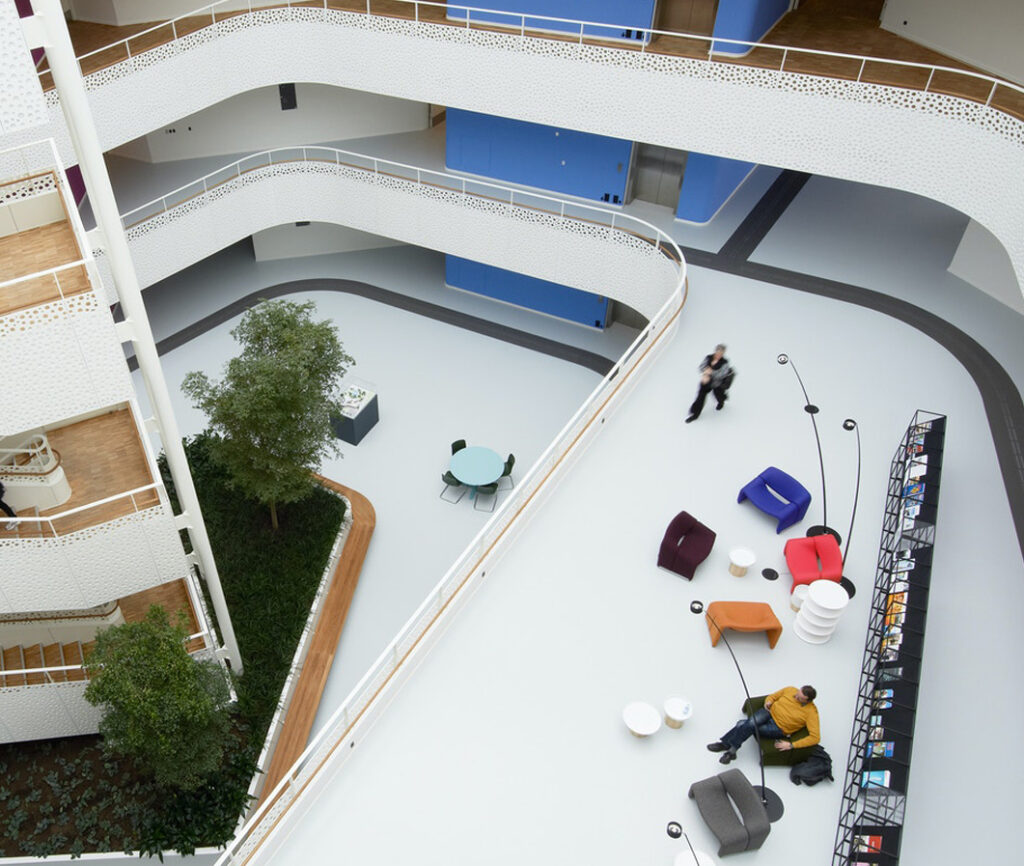The World Congress is committed to embrace everyone and will be focused on making the event as accessible as possible. Leave No One Behind is a commitment to explore how architecture can be more sustainable, affordable and accessible. This is reflected in the 6 congress themes, a heightened focus on universal design and the demonstration of the newest research & learnings within the sustainability agenda. Finally, Leave No One Behind is an open invitation for everyone to participate – from the Global North to the Global South, irrespective of age, gender, race, handicap or background, including people from the industry, science, practice and politics – all you need is a common interest in architecture & sustainability.
“As we embark on this great collective journey, we pledge that no one will be left behind. Recognizing that the dignity of the human person is fundamental, we wish to see the Goals and targets met for all nations and peoples and for all segments of society. And we will endeavour to reach the furthest behind first.”
2030 Agenda for Sustainable Development
The United Nations
UNITED NATIONS: LEAVE NO ONE BEHIND
The overall promise behind the UN 17 Sustainable Development Goals (SDGs) is to Leave No One behind. Leave No One Behind is a cross-cutting promise to ensure that marginalised groups are not overlooked and left behind in the pursuit of the Sustainable Development Goals. The promise recognises the risk of particularly vulnerable and exposed groups being overlooked. The goals therefore emphasise that those who are left behind must be pulled forward and helped to “reach the furthest behind first”.

A SPACE FOCUSED ON ACCESSIBILITY
We aim to create an inclusive space for everyone, regardless of ability. We have strict guidelines for how the congress is structured, and how events, exhibitions and activities must live up to accessibility requirements.
PARTNERS
We want our partners to live up to these goals, to the greatest extent possible. We expect partners to have set goals for accessibility and inclusivity, to work for diversity and understanding, and to help make the most accessible and inclusive World Congress yet.
FOCUS ON UNIVERSAL DESIGN
One of our founding partners, The Bevica Foundation, focuses on Universal Design and established the Universal Design Hub.
The fact that we are different and the fact that all people experience one or more functional limitation during their lifetime is at the heart of universal design. The concept was developed by American architect and wheelchair user Ron Mace in the 1990s, and despite different theoretical approaches and interpretations, the essence is to develop inclusive solutions by integrating human differences. Let this be a guiding light for a more sustainable build environment.
You can find a guide to Universal Design shared by architect firm Dissing & Weitling – “A checklist to promote inclusion into the Built Environment” – a great tool for architects, construction engineers and designers who want to incorporate Universal Design solutions in their work.
As well as DTU-Skylab’s Universal Design Playbook that is a collection of methods that can be used in any design process.
“Designers and architects and other professional groups that shape the framework of our lives often take their starting point in standard sizes. Based on Da Vinci’s Vitruvian Man or Le Corbusier’s Le Modulor, for example, and the notion of a human average, the framework is shaped, based on an idealised human being who in reality does not exist. As a society, we divide citizens into ‘with and without disabilities’, minorities and majorities, rather than recognising that everyone lives with different functional abilities and that the diversity of user needs means that humans do not come in standard sizes.”
Universal Design Hub
BevicaFonden / Bevica Foundation
PLEASE BEAR WITH US
The UIA World Congress of Architects CPH 2023 aims to be as inclusive as possible, inviting everyone on the journey towards a more sustainable built environment. If we’ve missed something, let us know. At the congress, reach out to our staff if you need any help.

